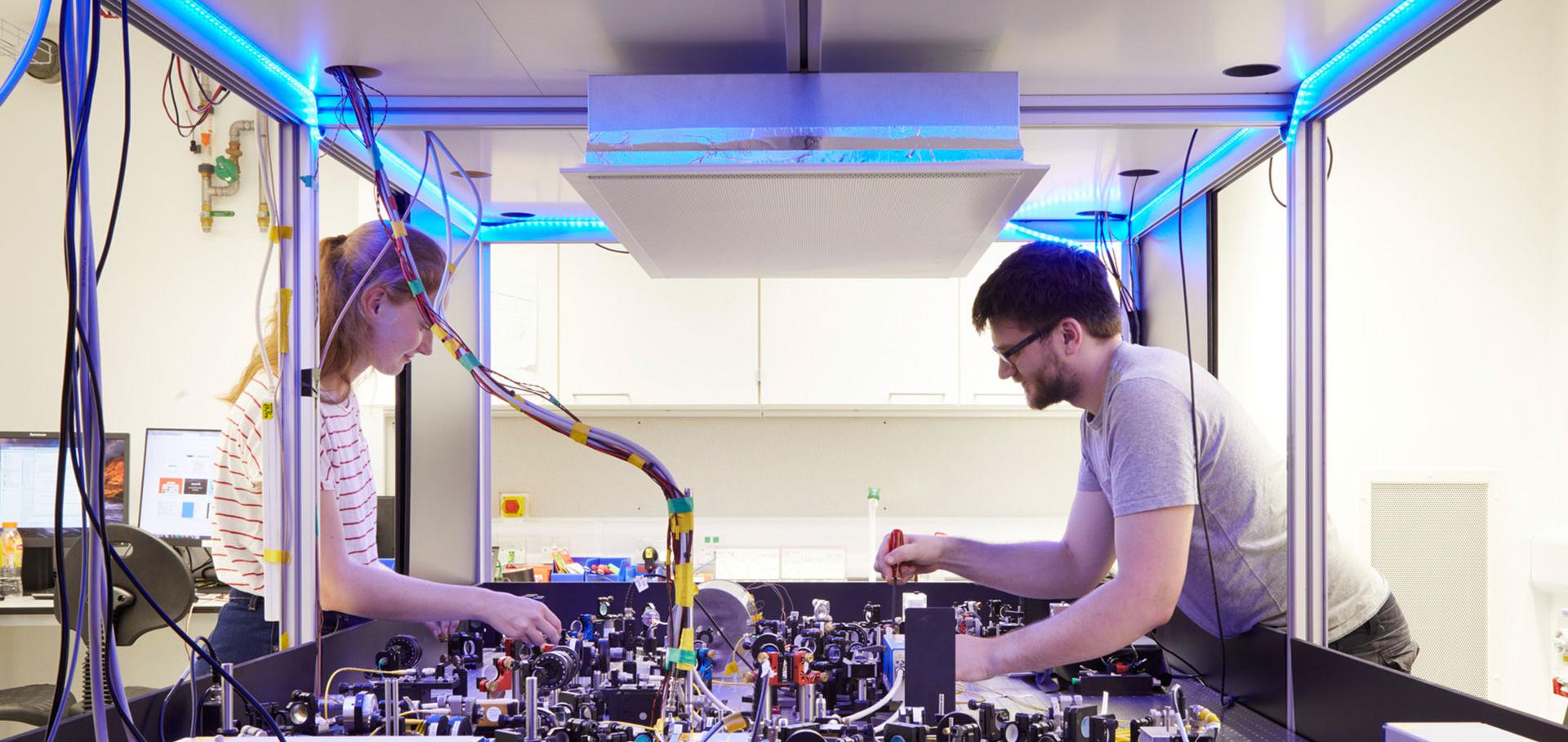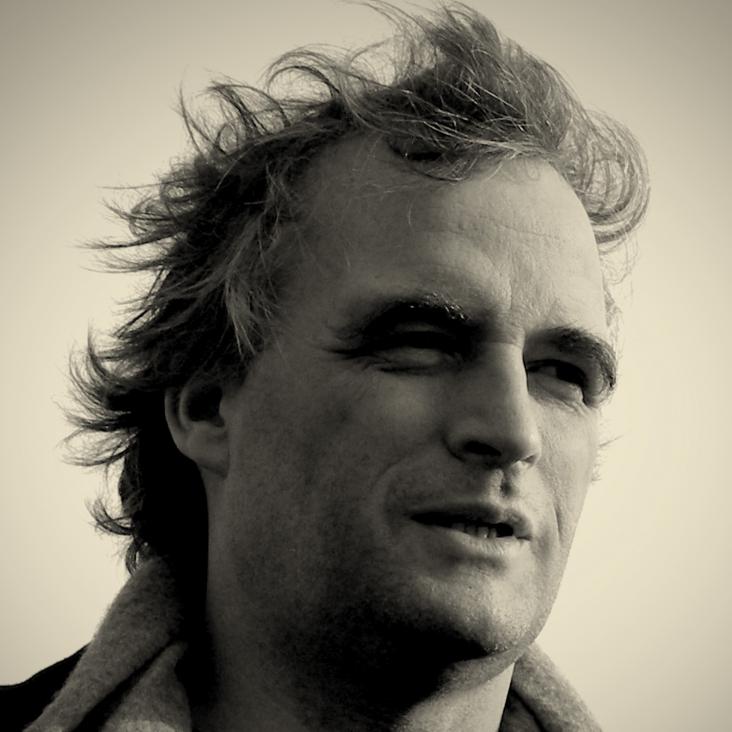Reinforcement Learning for Quantum Control under Physical Constraints
ArXiv 2501.14372 (2025)
Supercharging Single-Atom Traps by Collisional Blockade
(2025)
Reinforcement Learning for Quantum Control under Physical Constraints
Proceedings of Machine Learning Research 267 (2025) 15463-15489
Abstract:
Quantum control is concerned with the realisation of desired dynamics in quantum systems, serving as a linchpin for advancing quantum technologies and fundamental research. Analytic approaches and standard optimisation algorithms do not yield satisfactory solutions for more complex quantum systems, and especially not for real world quantum systems which are open and noisy. We devise a physics-constrained Reinforcement Learning (RL) algorithm that restricts the space of possible solutions. We incorporate priors about the desired time scales of the quantum state dynamics – as well as realistic control signal limitations – as constraints to the RL algorithm. These constraints improve solution quality and enhance computationalscaleability. We evaluate our method onthree broadly relevant quantum systems and incorporatereal-world complications, arising from dissipation and control signal perturbations. We achieve both higher fidelities – which exceed 0.999 across all systems – and better robustness to time-dependent perturbations and experimental imperfections than previous methods. Lastly, wedemonstrate that incorporating multi-step feedback can yield solutions robust even to strong perturbations. Our implementation can be found at https://github.com/jan-o-e/RL4qcWpc.Effective models for quantum optics with multilayer open cavities
ArXiv 2410.06379 (2024)
Fabrication, Characterisation and Prospects of a High-Finesse Microcavity Created From Tapered Fused Silica Substrates
Optica Publishing Group (2024) qw3a.46


